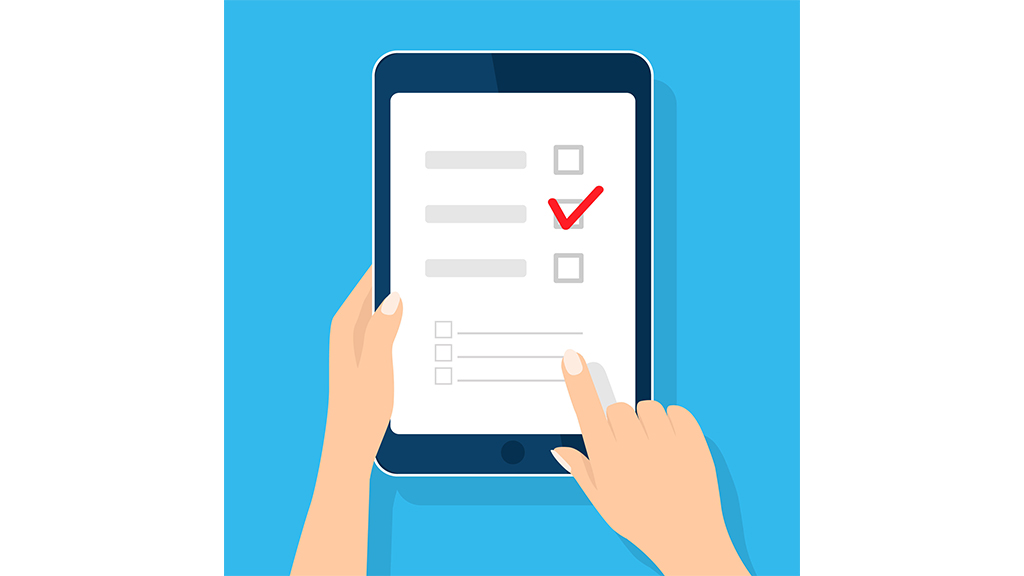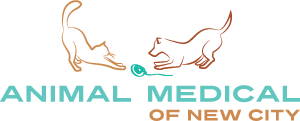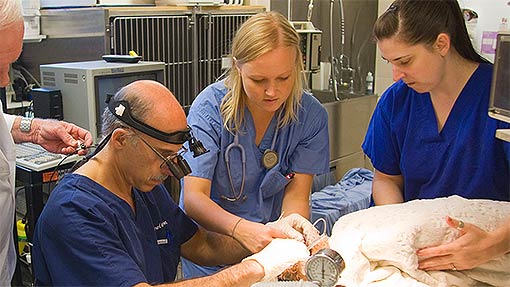Here is what to expect when your pet has surgery at Animal Medical
Preparing For Surgery Day: No food 12 hours before

Unless otherwise instructed by one of our veterinarians, do not give food after 10pm the evening before your pet’s surgery. You can stop access to water the following morning.
Pre-surgical Medication
In some cases, surgery patients are prescribed Omeprazole and Cerenia to reduce the chances of nausea. Please administer the medication as directed by your Animal Medical veterinarian. Keep in mind that Omeprazole is usually prescribed to start two days prior to surgery.
Hospital Admission

We ask all pet owners to complete an electronic medical admissions for the day of your pet’s admission. A link to this form will be sent to you 24 hours prior to your pet’s scheduled surgery. This form is required, so please notify us if you do not receive it. You can also access the form using this link.
Hospital admissions are between the hours of 8:10 and 8:30AM. To keep up with the high demand for our surgery services, we have a strict cancellation policy that you can review here.
What Happens After Hospital Admission?: A Fear Free experience
Your pet’s comfort, safety and sense of safety are most important to us. All of our team members are trained in Fear Free handling techniques as well as handling instructions specific to cats through our accreditation as a Feline Gold practice.
Your pet receives his or her own bed in our hospital which is in constant view of everyone in our surgery ward. Our surgeon examines your pet and administers a mild, human-grade sedative. In addition to helping your pet feel good, pre-surgery sedation helps patients respond better to general anesthesia.
Surgery: High Tech and Safety
Animal Medical has human-grade monitoring equipment for its surgery patients. Body temperature, oxygen levels, heart rate, blood pressure, pupillary response, and respiration rate are all under constant supervision by both the surgeon and our credentialed veterinary nursing staff. We do this to ensure the patient receives the right levels of anesthesia and experiences no discomfort.
Recovery

In most cases, surgeries are completed in less than an hour. Recovery occurs under the constant supervision of our medical staff in accordance with our designation as accredited medical facility through the American Animal Hospital Association. It usually takes no more than 5 minutes for your pet to rouse from anesthesia, a testament to the quality of our sedation and the precision with which we administer it. You can expect a text message or phone call from our hospital letting you know that your pet has had his or her surgery and is recovering comfortably.
Discharge and Going Home

Most patients are discharged from our hospital the same day as surgery. It’s likely that your pet will greet you with his or her regular enthusiasm. Your pet will also be fitted with a broad collar or medical t-shirt to prevent licking and infection of the incision site. In all cases, the incision site is shaved and is usually pretty small. There may be a bit of redness, but mostly it will look like healthy skin that’s been closed with sutures or staples. It should remain looking like this for the duration of the healing process.
Home Care: First meal after surgery

Give your pet water one hour after returning home, and then offer 1/2 of his or her normal meal volume 1 hour later. Monitor for vomiting or excessive drowsiness. It is normal for your pet to be confused and more vocal (whining, howling, loudly meowing) as a result of the pain medications and anesthesia they received. Although these signs can be concerning they are harmless and will wear off by the next morning.
The following day, you can return to the usual feeding schedule. Restrict jumping by leash walking your pet for the next two weeks. Keep your eye on the incision site. It shouldn’t be excessively red or hot to the touch or oozing anything looking like pus. It is normal for the site to have a bit of red where the sutures or staples make contact with the skin or for there to be some clear or sometimes clear-pink-colored fluid. At the time of discharge, you will be instructed whether you need to return your pet for suture removal, a process usually taking no more than a few minutes. There is no pain associated with suture removal and your pet won’t require sedation.
Do you have a questions about your pet’s surgery with us? Click to call or reach out by email.
.


